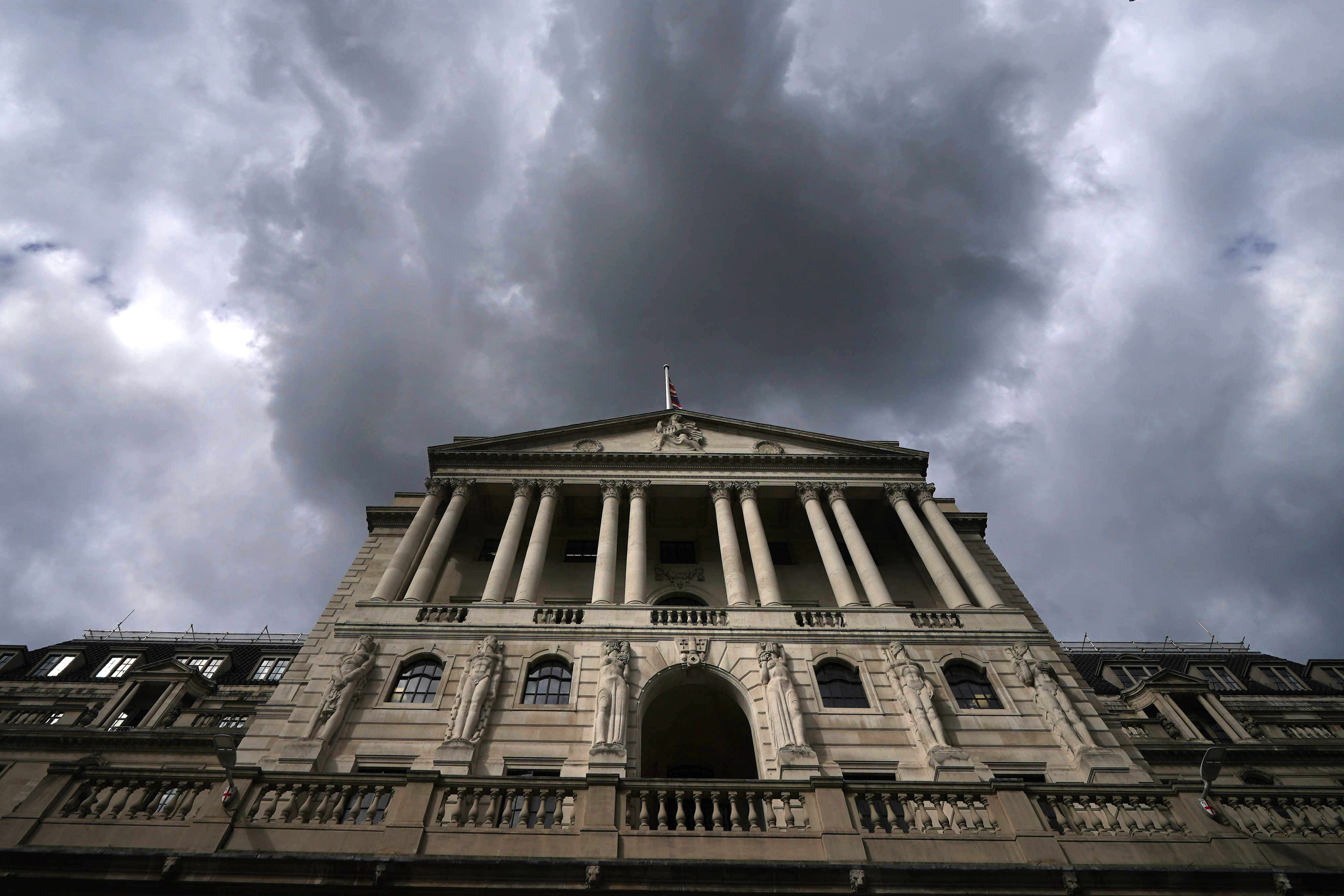Bank of England keeps interest rates at 15-year high
On Thursday, the Bank’s Monetary Policy Committee voted in favour of keeping the rate steady at its current level of 5.25%.

The Bank of England has held interest rates at 5.25% for the third time in a row and indicated that cuts are unlikely in the coming months.
Governor Andrew Bailey stressed there is “still some way to go” in policymakers’ efforts to get inflation down.
On Thursday, the Bank’s Monetary Policy Committee (MPC) voted in favour of keeping the rate steady at its current level, which is a 15-year-high.
Six members of the nine-strong committee were in favour of maintaining the rate at 5.25%, while three called for an increase to 5.5%.
The interest rate – which helps dictate mortgage rates from banks – had been set at 5.25% in previous meetings in September and November, following 14 consecutive increases.
The cost of borrowing was increased in a bid to grapple soaring inflation, which peaked at 11.1% last year, in order to bring it closer to the Bank’s 2% target rate.
Financial markets have increasingly priced in substantial rate cuts next year after recent economic data pointed towards slower wage increases and pressure on economic growth.
This week, the Office for National Statistics revealed that regular earnings, excluding bonuses, rose by 7.3% in the three months to October, down from 7.8% in the previous three months.
Meanwhile, it also reported that UK gross domestic product (GDP) fell 0.3% in October.
On Thursday morning, the markets indicated that they expect the UK’s interest rate to drop to 4% by the end of next year.
However, in its latest report, the Bank’s MPC appeared cautious over the potential for cuts soon.
“The committee continues to judge that monetary policy is likely to need to be restrictive for an extended period of time,” it said.
“Further tightening in monetary policy would be required if there were evidence of more persistent inflationary pressures.”
Meanwhile, Mr Bailey also signalled that policy will need to remain stable to weigh further on inflation.
“We’ve come a long way this year, and successive rate increases have helped bring inflation down from over 10% in January to 4.6% in October, but there is still some way to go,” he said.
“We’ll continue to watch the data closely, and take the decisions necessary to get inflation all the way back to 2%.”
The committee said there is still pressure from services inflation, which is expected to temporarily increase next month and will need to abate in order to help reach the inflation target.
Bank staff also said the economy is expected to remain “broadly flat” in the final quarter of 2023, after GDP was also flat in the third quarter, meaning the UK would narrowly avoid a technical recession – two consecutive quarter of decline.
It said economic growth is also likely to be broadly flat in the “coming quarters” as higher borrowing costs put pressure on consumer spending.
Bookmark popover
Removed from bookmarks